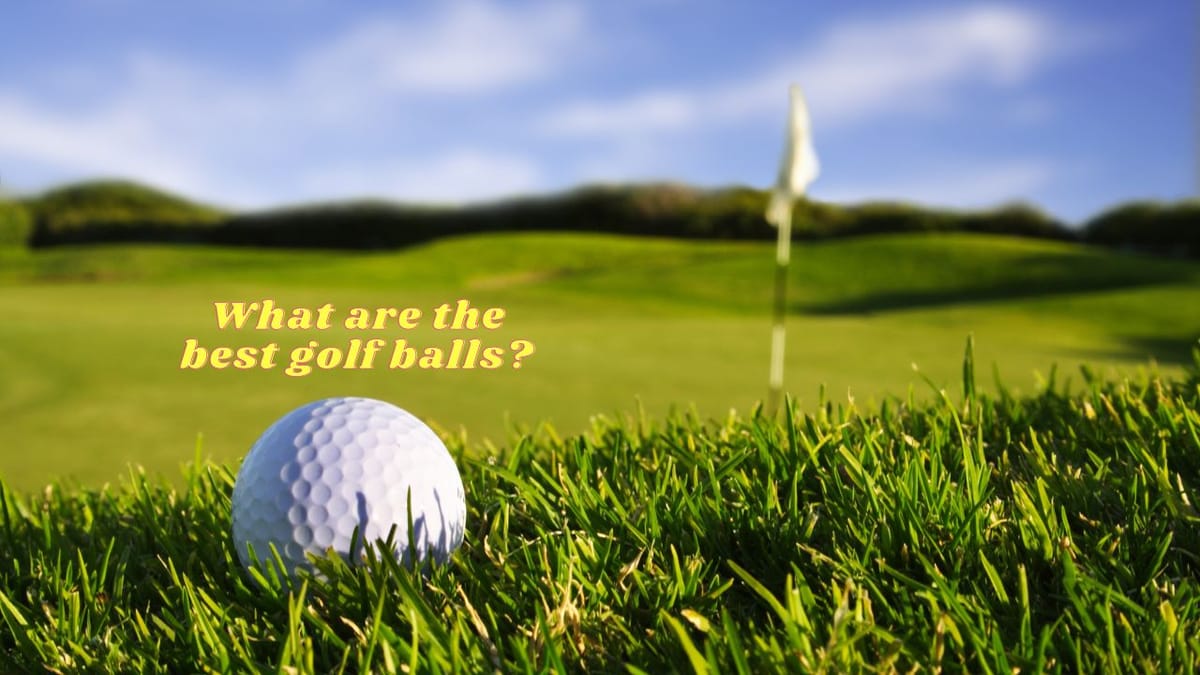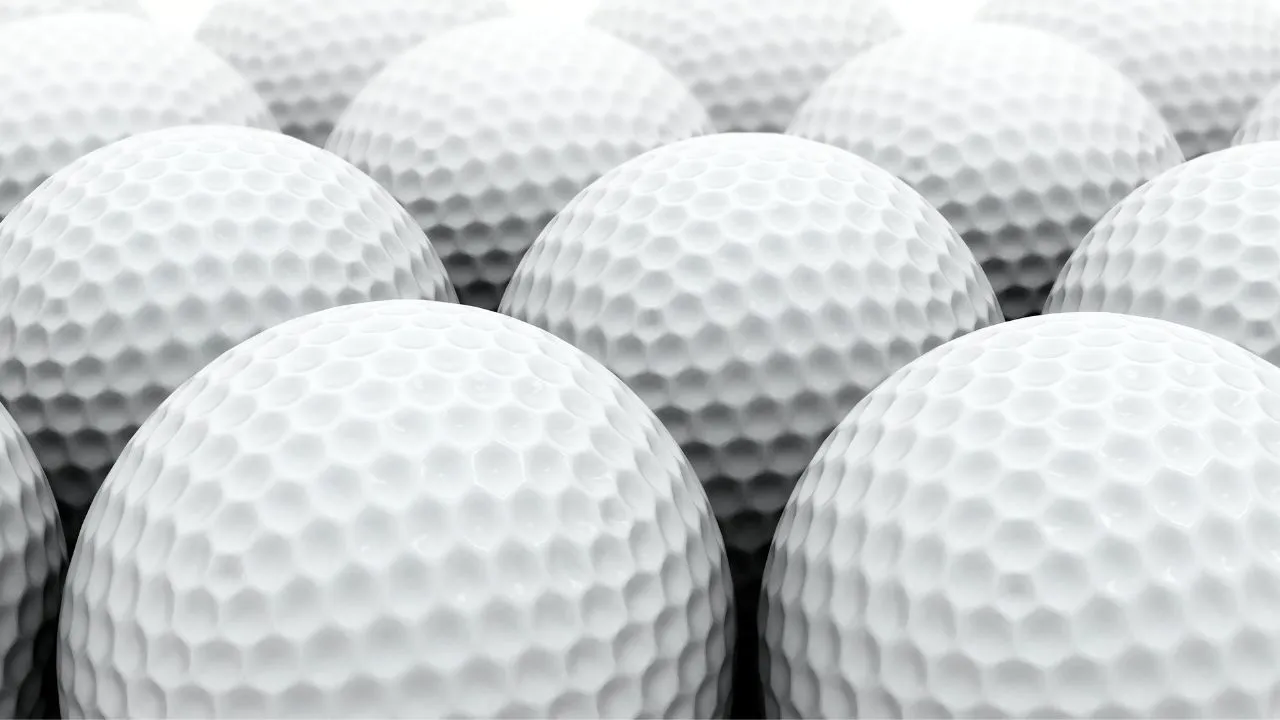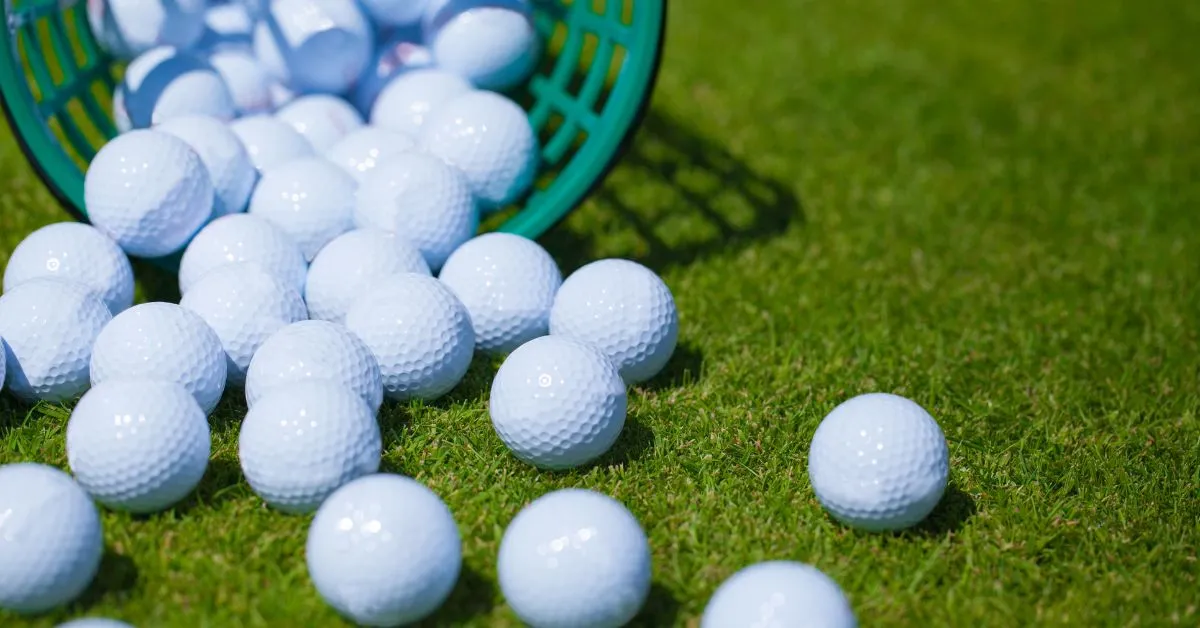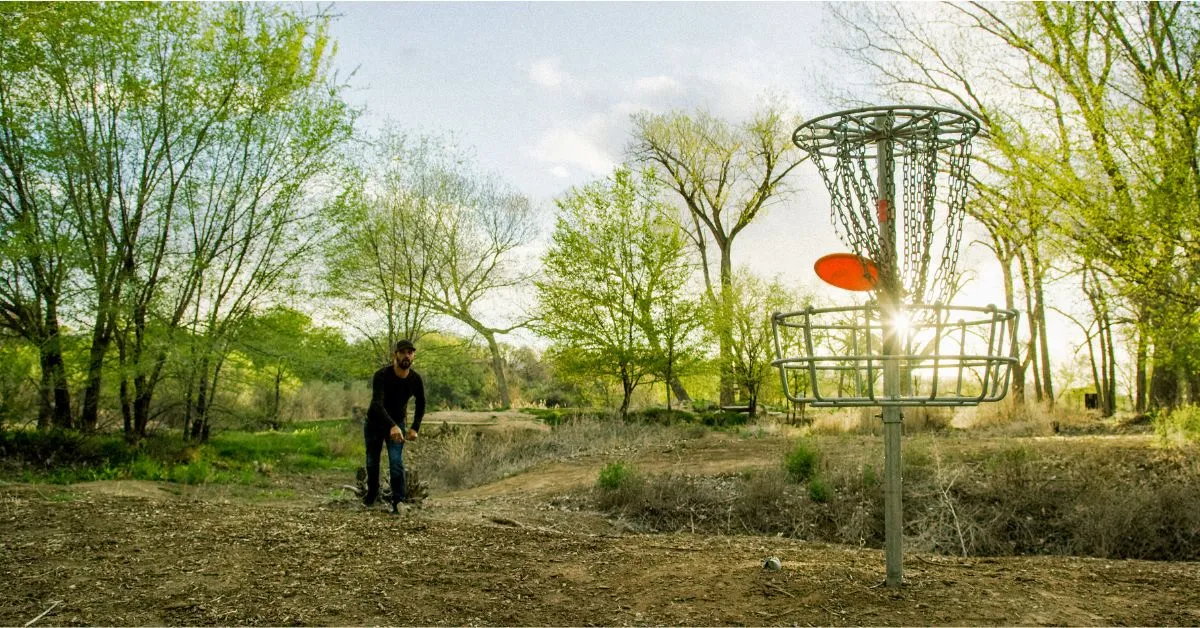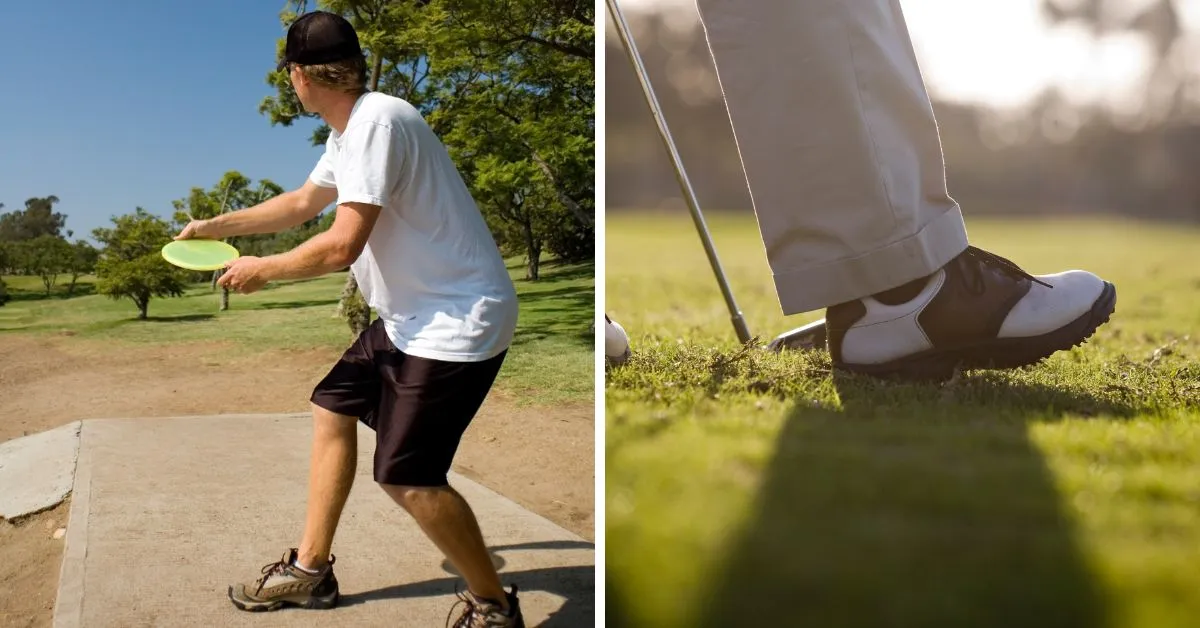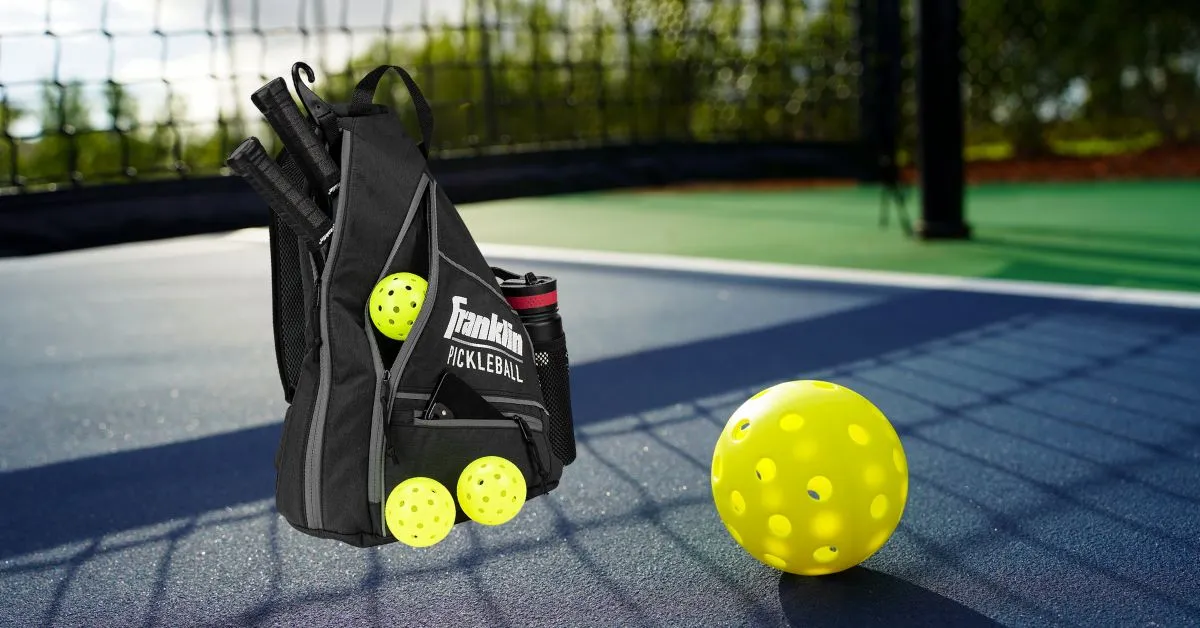Table of Contents
Key Takeaways:
- Understanding the right golf ball for your skill level can significantly improve your game.
- Beginners should focus on golf balls that offer durability, low compression, and a soft feel.
- Price points vary, but there are great golf ball options for beginners that won't break the bank.
Embarking on the journey of golf can be as thrilling as it is daunting, especially when it comes to choosing the right equipment. Among the plethora of choices, selecting the best golf balls for beginners is crucial to developing a solid golf game. This comprehensive guide will navigate you through the maze of beginners golf balls, ensuring you hit the fairways with confidence.
With detailed and rigorous research, we provide our readers with the finest recommendations. Our recommendations are our opinions. Our cause is backed by reader support- for every click made through one of our affiliates links, a commission may be earned at no extra expense to you! As an Amazon Associate, Reviewsopedia may earn a commission from qualifying purchases. Thank you and enjoy!
What Makes a Golf Ball Ideal for Beginners?
When you're new to the golf courses, the right ball can be your best ally. Beginner golfers should look for a low compression golf ball that maximizes distance and provides a soft feel. These softer balls are more forgiving and can help increase ball speed, even with slow swing speeds. A two-piece golf ball is often recommended for its durable construction and ability to provide the extra yards you're aiming for.
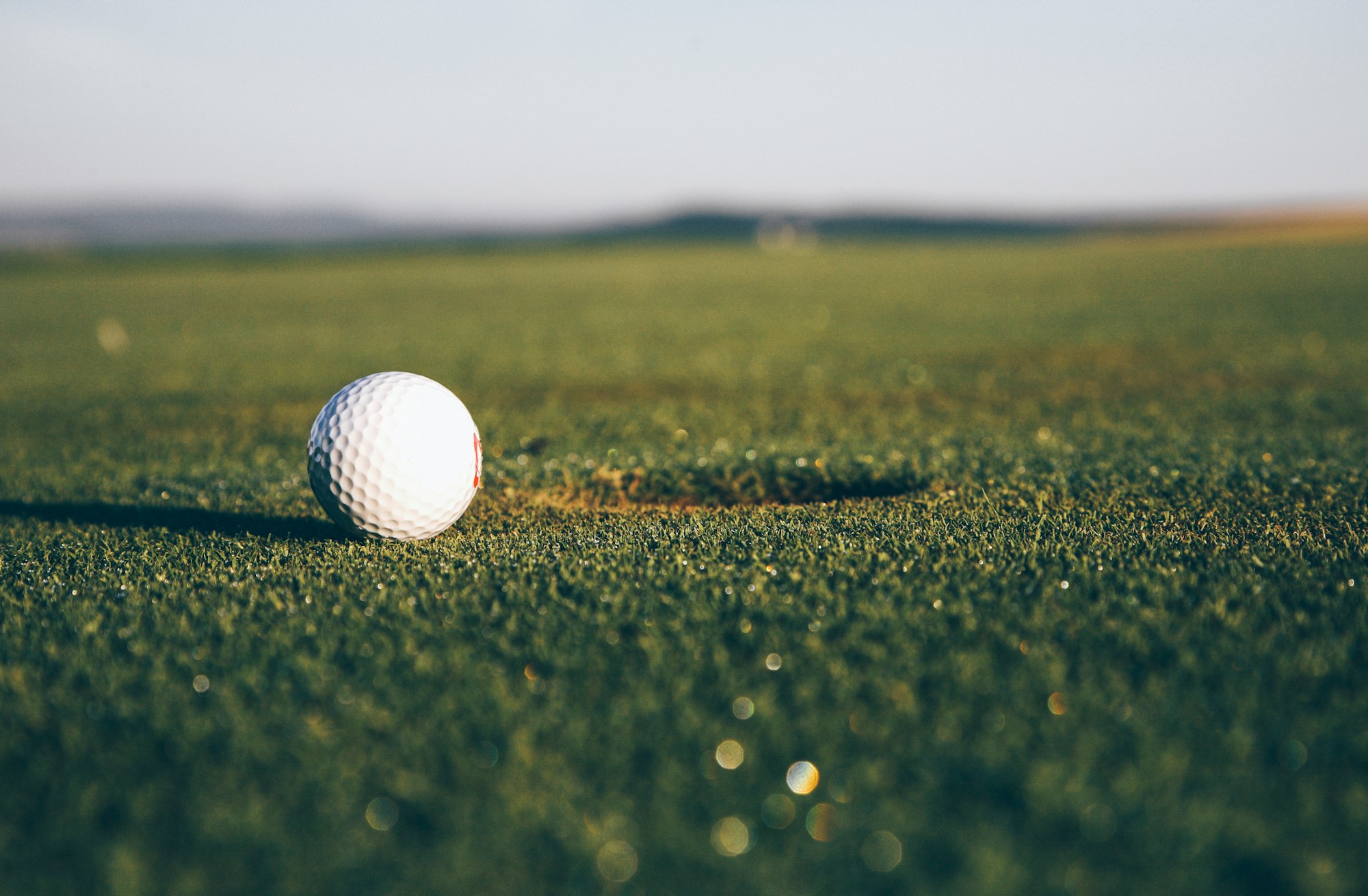
The Importance of Compression in Beginner Golf Balls
Compression is a term that often pops up when discussing golf ball options. For beginners, a lower compression ball is beneficial as it deforms more upon impact, leading to greater energy transfer and, consequently, more distance. These softer feeling golf balls are easier to hit and can help new golfers improve their short game.
Why Soft Feel Matters
A soft feel is not just about the tactile sensation; it's about the response of the ball during small chips and approach shots. A soft golf ball typically has softer covers, which allow for more control and a better feel around the greens. This can be particularly helpful for beginner players who are still mastering their touch.
Durability: Getting More Rounds from Your Balls
Buying golf balls can add up quickly, so it's important to choose durable balls that can withstand the occasional rough hit or scrape against the cart path. Two-piece construction with a sturdy cover material, like the Titleist TruFeel golf ball, is often a good choice for beginners looking for a mix of performance and longevity.
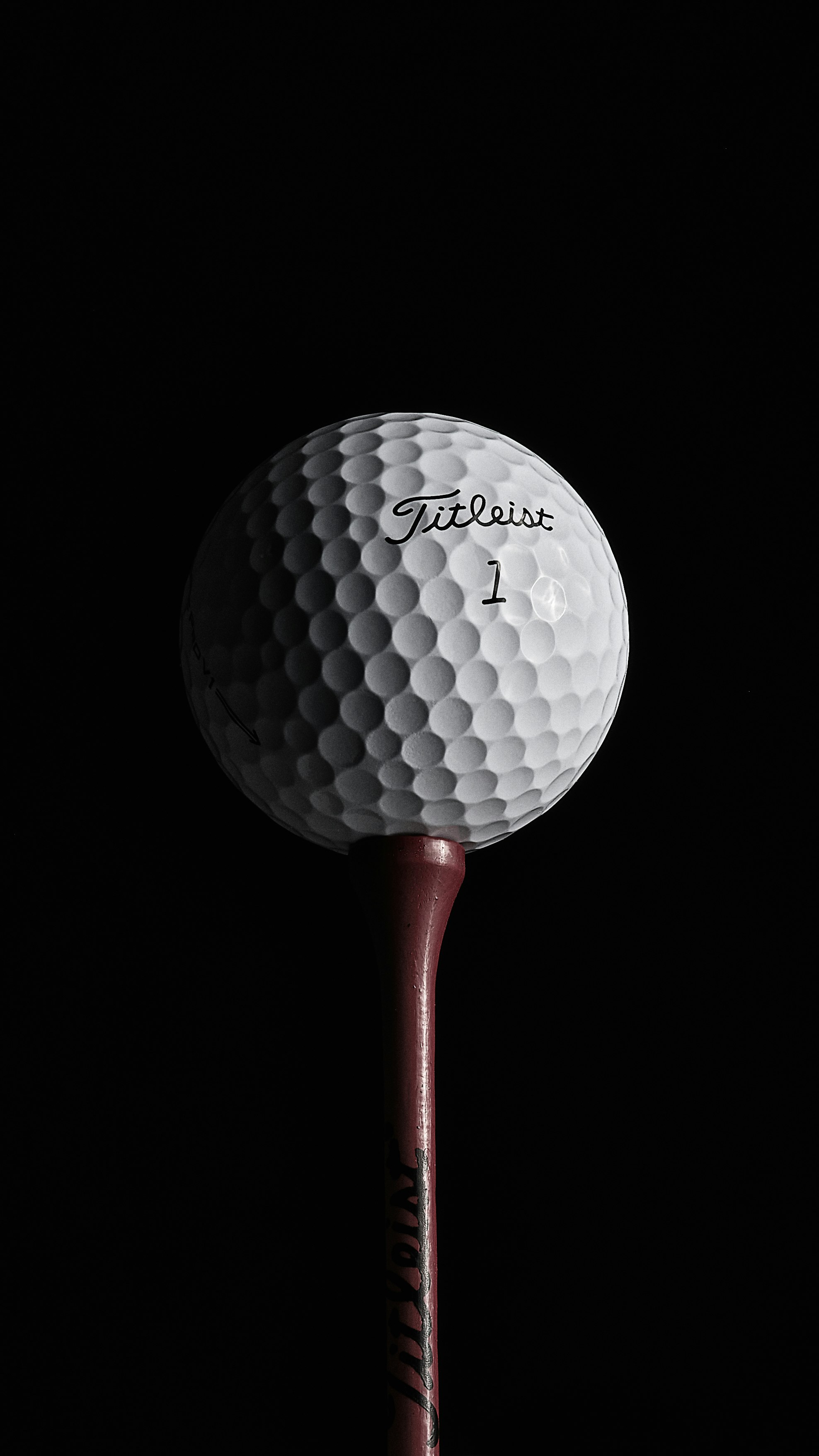
Spin Skin Technology and Other Innovations
Advancements in golf ball technology, such as spin skin technology and slide ring material, are designed to help golfers get more spin and control. While these features are often found in premium golf balls, beginner golfers can also benefit from technology that helps them play better without complicating their game.
The Case for Colored Balls
Colored balls are not just a fashion statement; they can be practical too. For beginners, using brightly colored balls can help keep track of the ball in flight and make it easier to find in the rough. This can speed up play and reduce frustration on the course.
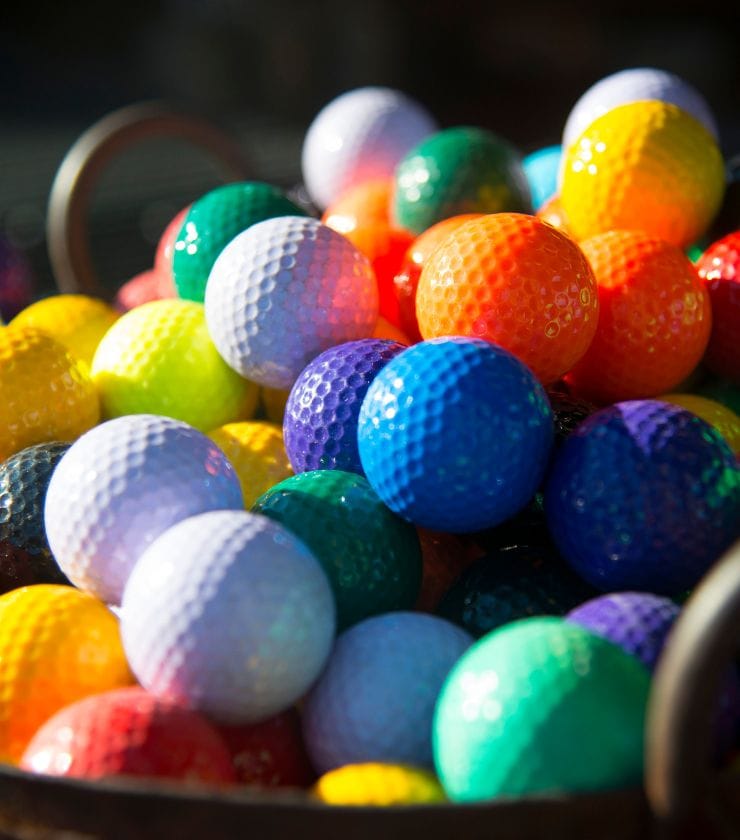
Choosing the Right Golf Ball Construction
When it comes to selecting the best golf ball for your game, understanding the construction is crucial. Two-piece golf balls are often recommended for the beginner golfer because they are designed to provide maximum distance and durability. The core is typically larger, sometimes referred to as an oversized power core, which can be particularly forgiving for those with a lower swing speed. These soft balls also tend to have a firmer cover, which can help with achieving long distance off the tee.
Conversely, multi-layer or premium golf ball options are geared towards players with faster swing speeds. These balls usually have a smaller core and additional layers that provide more spin control and a softer feeling golf ball experience. While these premium ball choices might offer more precision, they can be less forgiving than two-piece golf balls. It's important for beginners to consider their swing speed and desired ball flight characteristics when choosing between these options.
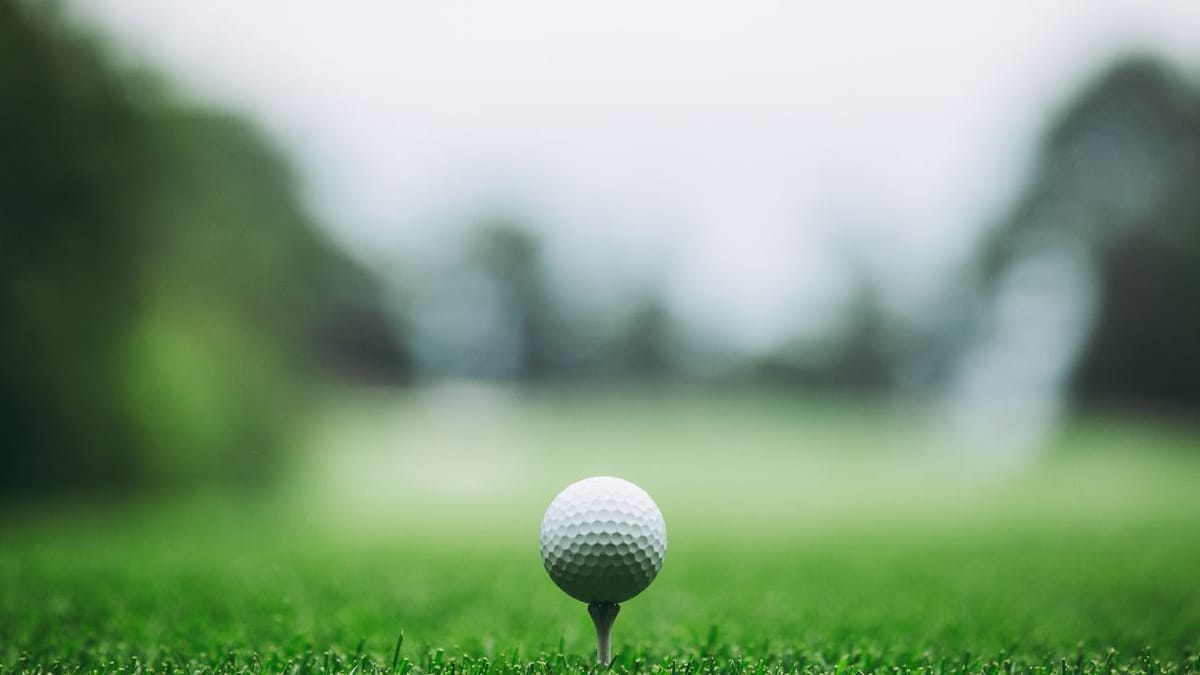
The Benefits of a Two-Piece Golf Ball for Beginners
When it comes to selecting the best ball for those just starting out, the two-piece golf ball often stands out as a top contender. Its construction is specifically designed to provide a balance between distance and control, which is crucial for beginners. The outer layer is typically made of a durable Surlyn material, which not only withstands the occasional scrape and scuff but also contributes to a straighter flight path. This can be particularly forgiving for new players who are still working on their swing accuracy.
Moreover, the core of a two-piece golf ball is usually designed to maximize energy transfer from the clubface to the ball, resulting in greater distance off the tee. This is especially beneficial for beginners who may not yet have developed a high swing speed. The reduced spin on these balls also helps in minimizing the effects of hooks or slices, allowing for a more enjoyable and successful round of golf. As beginners progress, they'll appreciate the consistent performance that two-piece balls provide, making them a staple in many golf bags.
Understanding the Two-Piece Golf Ball Construction
When we talk about a two-piece golf ball, we're referring to the simplest form of golf ball design, which is particularly beneficial for beginners. The construction consists of a solid rubber core encased in a durable outer cover. This design lends itself to a ball that is less complex and typically more affordable, making it an excellent choice for those just starting out. The solid core is engineered to provide maximum distance, which can be a game-changer for players with slower swing speeds.
The outer layer of a two-piece golf ball is usually made from Surlyn or a similar material that is known for its durability. This means that not only do these balls tend to last longer, but they also resist cuts and scuffs, allowing beginners to practice more without frequently replacing their balls. The combination of a resilient cover with a robust core makes the two-piece golf ball a staple in the bags of novice golfers. It's a design that forgives mishits and reduces spin, helping to keep shots straighter, which is a common struggle for those new to the game.
The Evolution of the Two-Piece Golf Ball
The two-piece golf ball has come a long way since its inception, becoming a staple for beginners and casual golfers alike. Initially designed to be more durable and affordable, these balls have evolved to offer a balance of distance and control that suits the novice player. The core is typically made from a solid rubber compound, providing the energy transfer needed for those impressive long shots. The cover, usually a tough ionomer resin, resists cuts and scuffs, allowing new golfers to play with the same ball longer, which is both cost-effective and beneficial for consistent play.
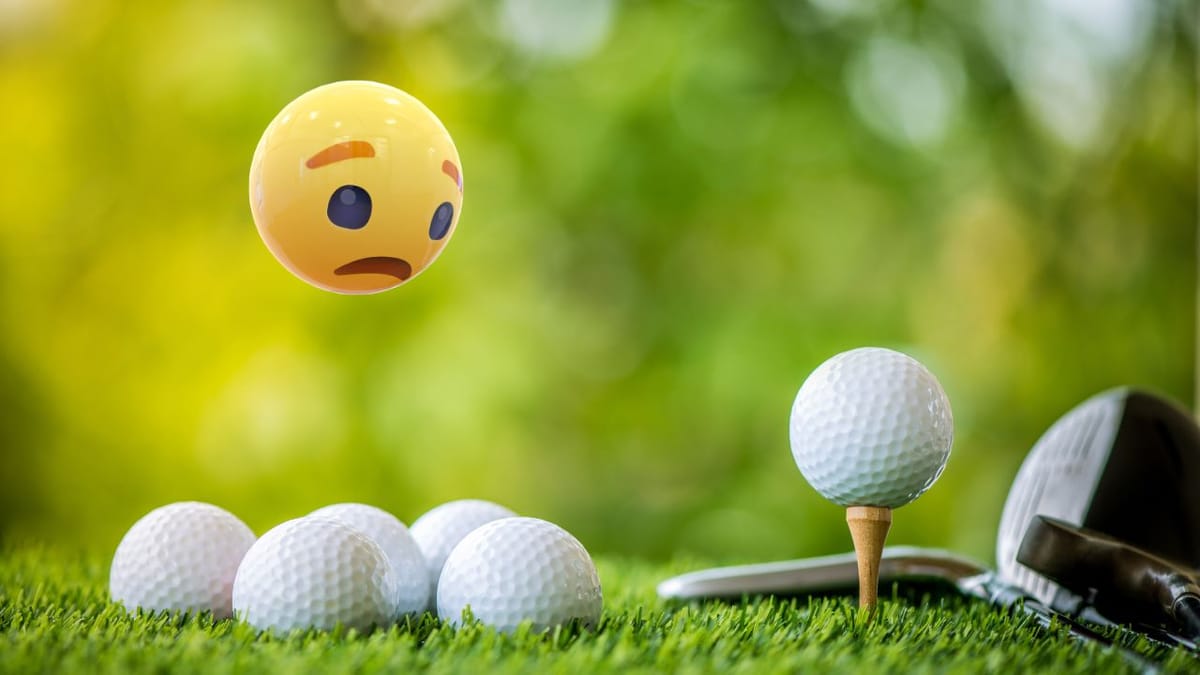
In recent years, advancements in technology have allowed manufacturers to fine-tune the performance characteristics of the two-piece golf ball. For instance, the compression and the density of the core can be adjusted to cater to different swing speeds, which is crucial for beginners still working on their technique. The cover has also seen innovations, with some brands adding a softer outer layer to enhance the feel without sacrificing the ball's inherent durability. These improvements have made the two-piece golf ball a versatile choice that can grow with the golfer as they improve their game.
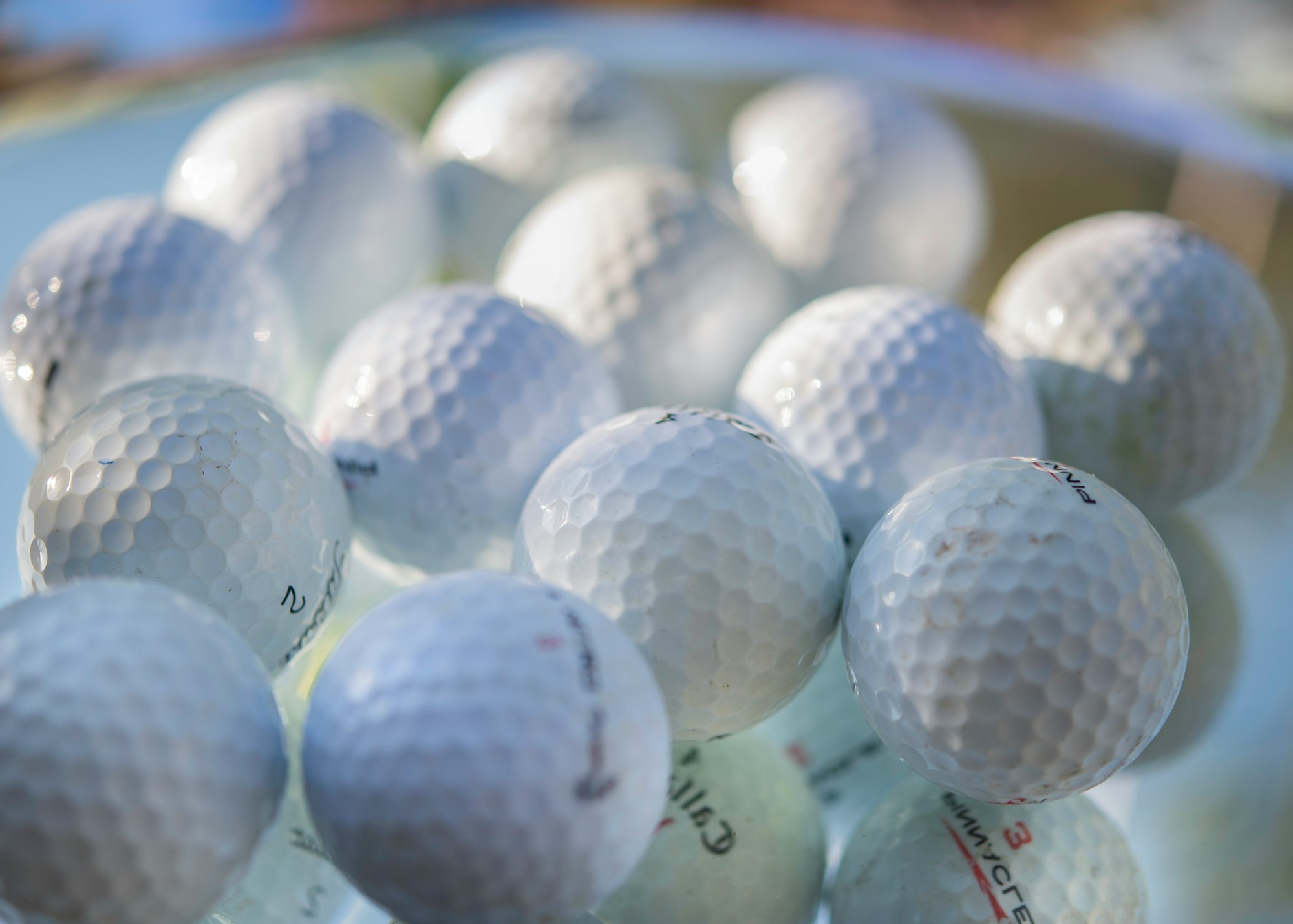
Customizing the Two-Piece Golf Ball Experience
Customization is not just a luxury for the seasoned golfer; beginners can also benefit from personalized two-piece golf balls. Many brands now offer services to imprint balls with names, logos, or even alignment aids, which can boost confidence and add a personal touch to the game. This customization can also serve a practical purpose, making it easier for new players to identify their ball during play, especially when learning the ropes on crowded courses.
Moreover, the two-piece golf ball's design lends itself to experimentation with different dimple patterns and core compositions, allowing manufacturers to create variations that cater to specific playing conditions and preferences. For example, some two-piece balls are designed with larger dimples to improve aerodynamics and increase lift for higher trajectories, which can be particularly helpful for beginners with slower swing speeds. By understanding the subtle differences between these customized options, beginners can select a two-piece golf ball that complements their developing play style, ultimately enhancing their overall golfing experience.
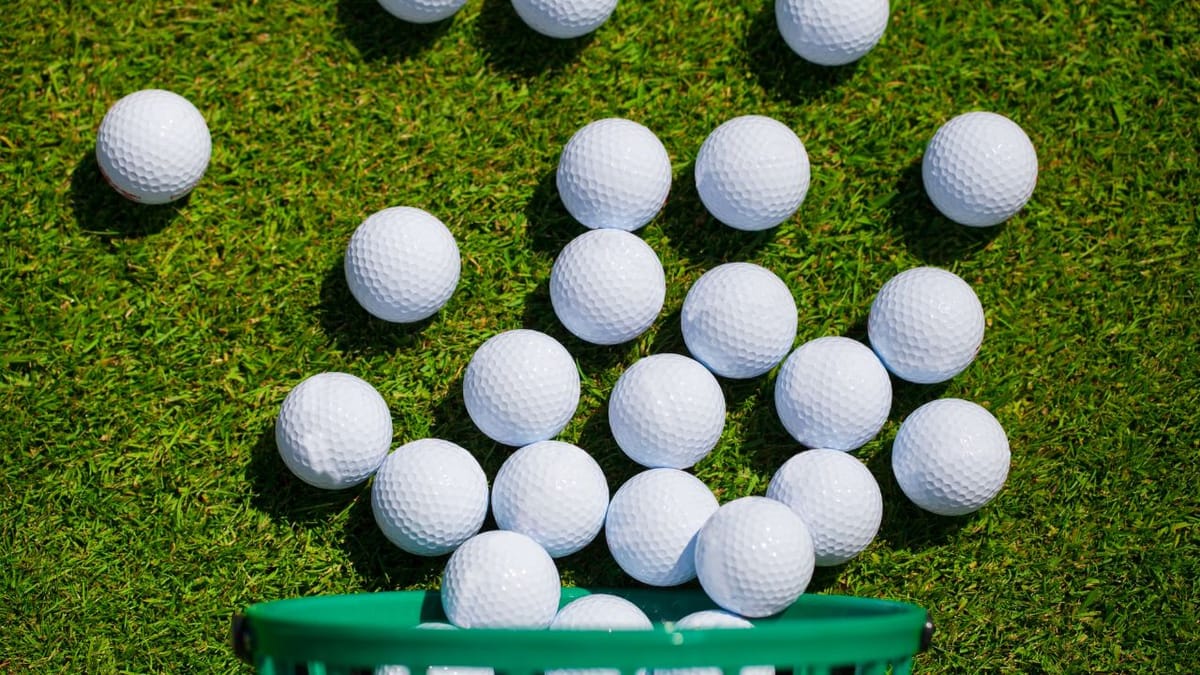
The Advantages of Low Spin with Two-Piece Golf Balls
One of the most significant advantages of a two-piece golf ball is its low spin characteristic. For beginners, high spin rates can exaggerate hooks and slices, leading to frustration and inconsistent play. The two-piece design inherently reduces spin, which can help stabilize the ball flight and keep shots on target. This low spin feature is particularly helpful off the tee, where beginners are looking to maximize distance and maintain accuracy.
In the short game, however, some players might seek a bit more control and spin. While two-piece golf balls may not offer the same level of finesse as multi-layer balls, they still provide ample control for beginners to develop their short game without being overly penalized for less-than-perfect strikes. As beginners progress and their skills develop, they may eventually transition to balls with more layers and spin potential, but the two-piece golf ball remains an excellent starting point for building confidence and consistency on the course.
Tailoring Ball Choice to Swing Speed
Understanding the relationship between the golf ball and swing speed is essential for beginners aiming to improve their game. Golfers with a high swing speed can compress the ball more effectively, which means they can benefit from balls with a higher compression rating, translating to better energy transfer and more distance. However, beginners typically have a lower swing speed, and using a ball designed for high swing speeds can actually hinder their performance.
For those with a slower swing, the best golf ball is one that complements their playing style. A lower compression ball, often found in two-piece designs, is more suitable as it requires less force to compress and can therefore travel further even with a gentler swing. This can be a game-changer for beginners, as it allows them to see immediate improvements in their distance shots without having to overhaul their technique. As players develop their skills and potentially increase their swing speed, they can then consider transitioning to balls that offer different performance characteristics to match their evolving game.
Experimenting with Different Golf Ball Brands
With so many golf balls on the market, it can be overwhelming to choose the best balls for your game. It's beneficial for beginners to experiment with different brands and models to find what works best for them. While some golfers might prefer the softest balls for a better feel around the greens, others might prioritize distance and opt for balls designed for that purpose. Brands like Callaway and Titleist offer a range of balls that cater to different preferences, including options for those seeking a softer feeling golf ball or a premium ball that provides both feel and performance.
Remember, what works for one golfer might not work for another. Factors such as feel, sound, and the visual appeal of the ball can all influence a player's choice. Don't be afraid to try out other balls that your playing partners or competitors are using. Sometimes, the best golf ball for you is the one that simply feels right when you strike it, and that confidence can translate into better performance on the course.
The Callaway Warbird: A Beginner-Friendly Option
The Callaway Warbird is a great example of a beginner-friendly golf ball. It features a larger TruTouch core and a durable cover that helps to maximize distance and provide a high trajectory, perfect for those with slower swing speeds.
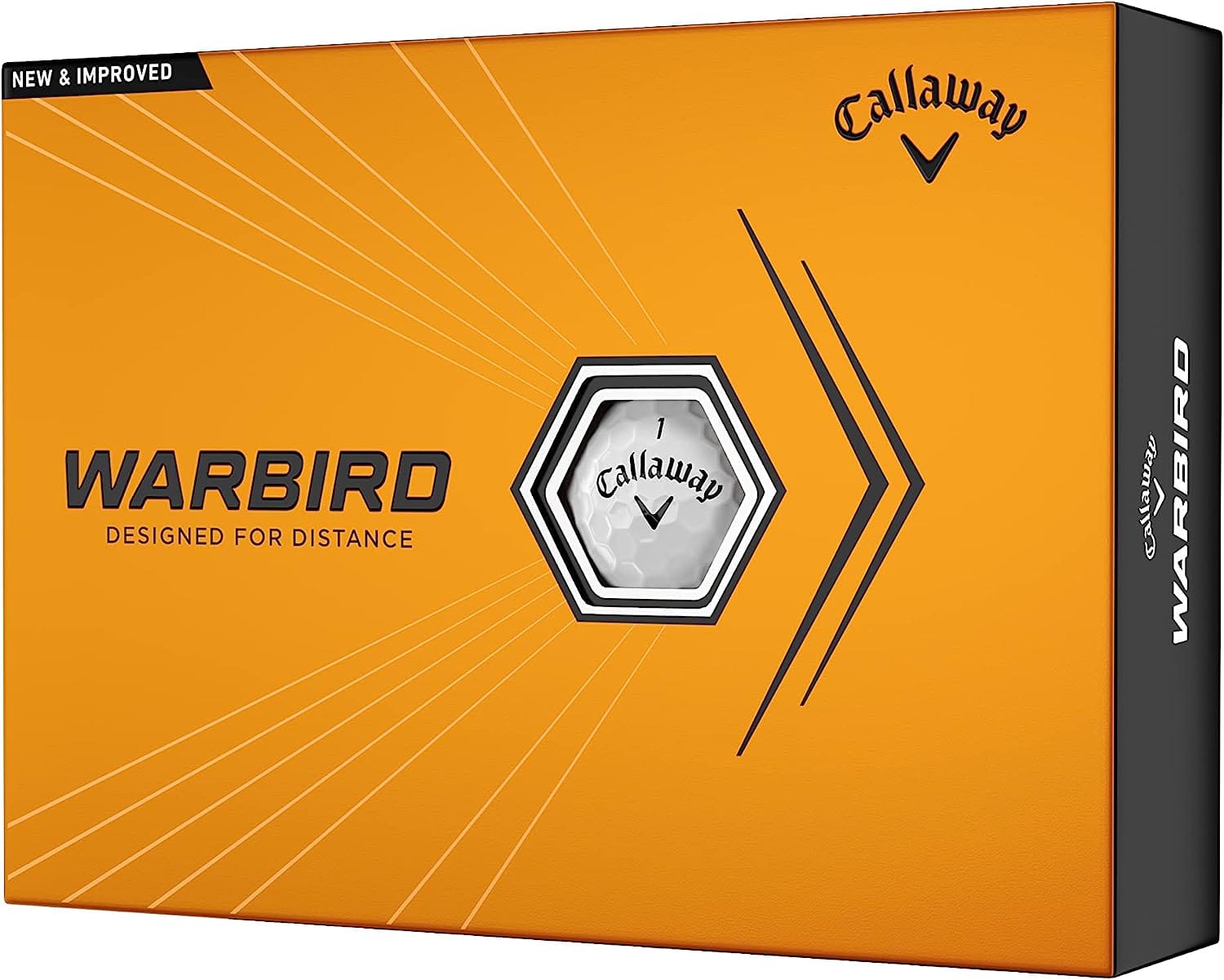
Titleist TruFeel: Softest Ball for the Short Game
Titleist's TruFeel golf ball is another excellent choice for new golfers. It boasts the softest feel in the Titleist lineup, with a larger TruTouch core and a TruFlex cover that delivers more control for the short game.
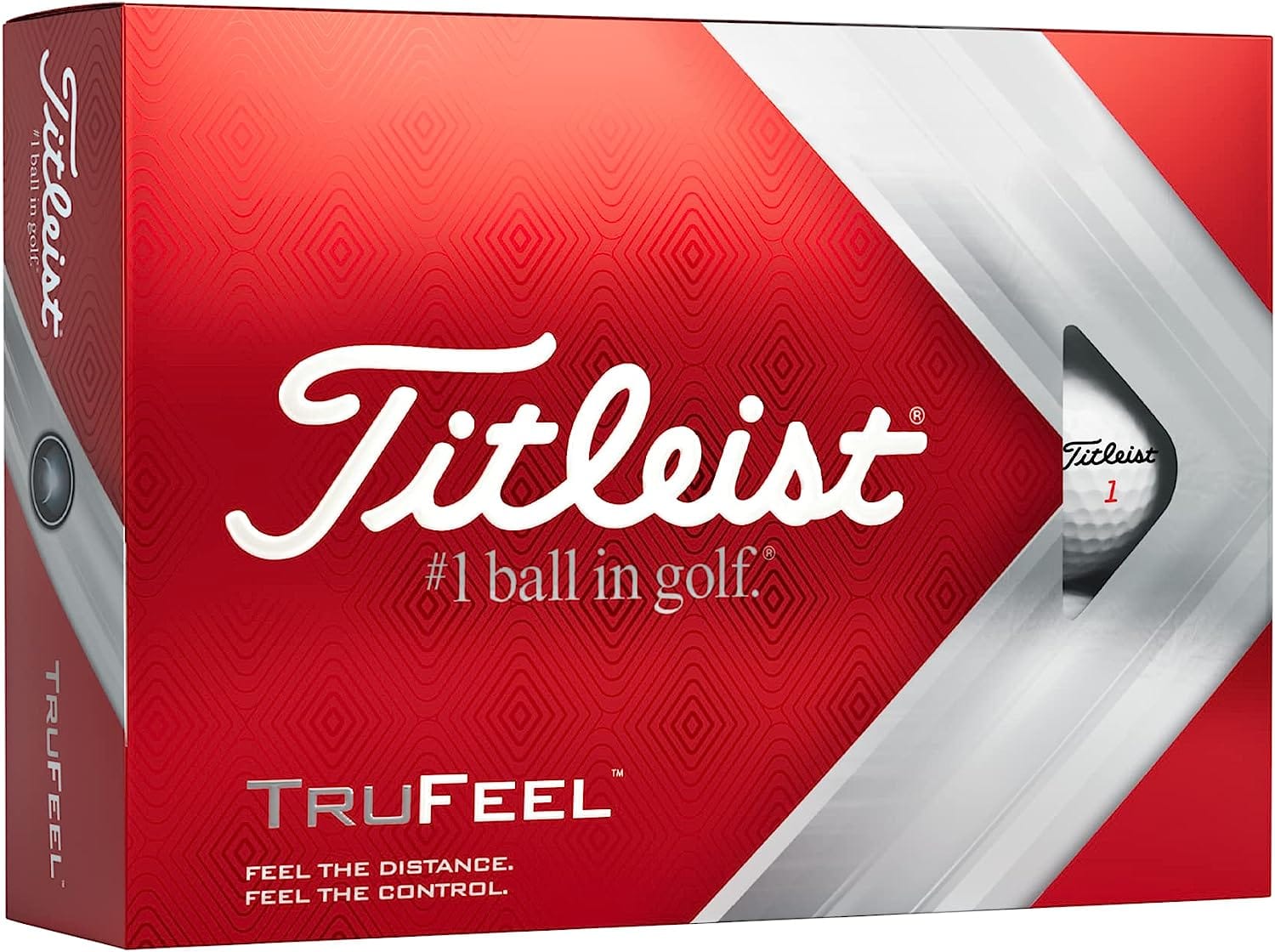
The Impact of Dimple Pattern on Flight
The dimple pattern on a golf ball affects its aerodynamics and can influence flight distance and stability. Beginners should look for a ball with a consistent dimple pattern that promotes a steady flight and helps to achieve greater distance.
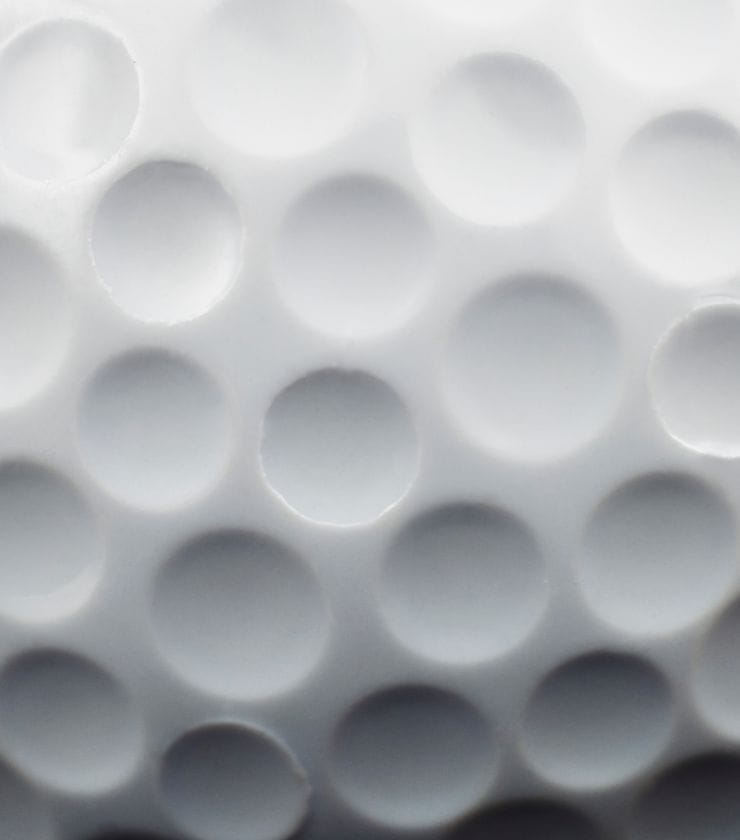
FastLayer Core: Bridging the Gap Between Soft and Fast
Some modern golf balls, like those with a new FastLayer core, offer a unique blend of soft feel and fast swing speeds. The Srixon Z-Star_8 technology caters to beginner golfers who want a softer ball without sacrificing the ability to increase ball speed.
Personal Preference and Trial
Ultimately, the best golf balls for beginners come down to personal preference. It's worth trying out different balls to see which ones feel right for your game. Some golfers may prefer a softer feel, while others might prioritize distance or control.
Price Points for Every Budget
Beginner golf balls come at various price points, allowing new golfers to choose based on their budget. While premium balls may offer advanced technology, there are plenty of reasonable price options that still provide the necessary features for a beginner player.
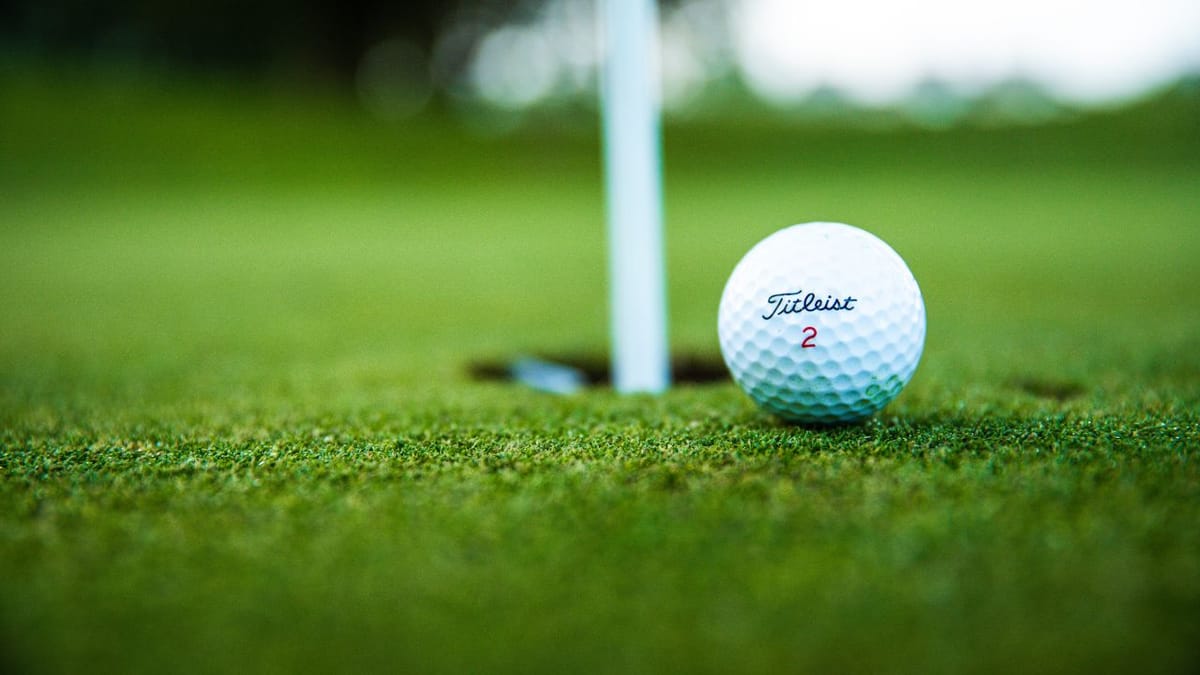
Summary
Choosing the best golf balls for beginners is a balance between soft feel, durability, and technology that aids in learning the game. Low compression balls with a soft feel, like the Titleist TruFeel, are ideal for those starting out. Durability is key to getting more playtime from each ball, and innovations like spin skin technology can offer additional benefits. Colored balls can be helpful for visibility, and while premium balls offer advanced features, there are many options available at reasonable price points. Remember, personal preference plays a significant role, so experimenting with different balls is encouraged.

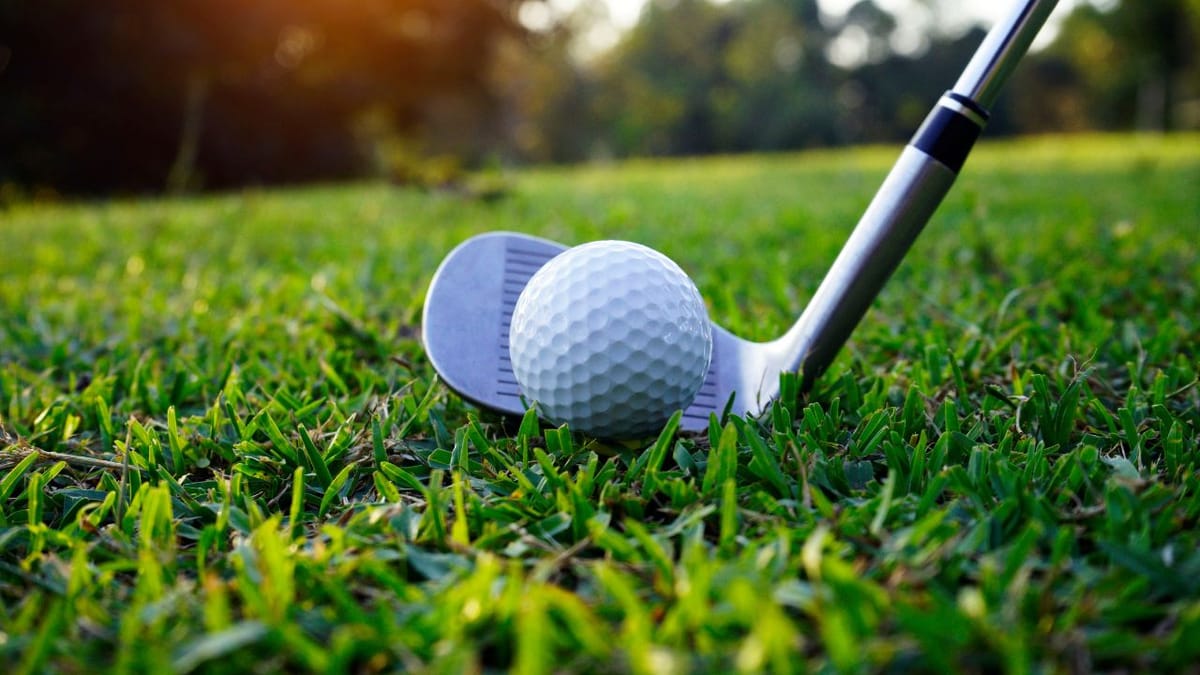
FAQ Section
How many golf balls should a beginner carry during a round?
Beginners should carry more golf balls than experienced players to account for lost balls. A good rule of thumb is to start with at least a dozen balls per round. A: Beginners should carry more golf balls than experienced players to account for lost balls. A good rule of thumb is to start with at least a dozen balls per round.
Are premium golf balls worth it for beginners?
While premium balls offer advanced technology, beginners may not fully benefit from these features. It's often more cost-effective to start with more affordable options that still meet the needs of a beginner's game.
Should beginners use new or used balls?
Beginners can start with used balls to save money, as long as they are in good condition. However, new golf balls may provide a more consistent performance and help beginners get a better feel for their game.
Other Related Articles
